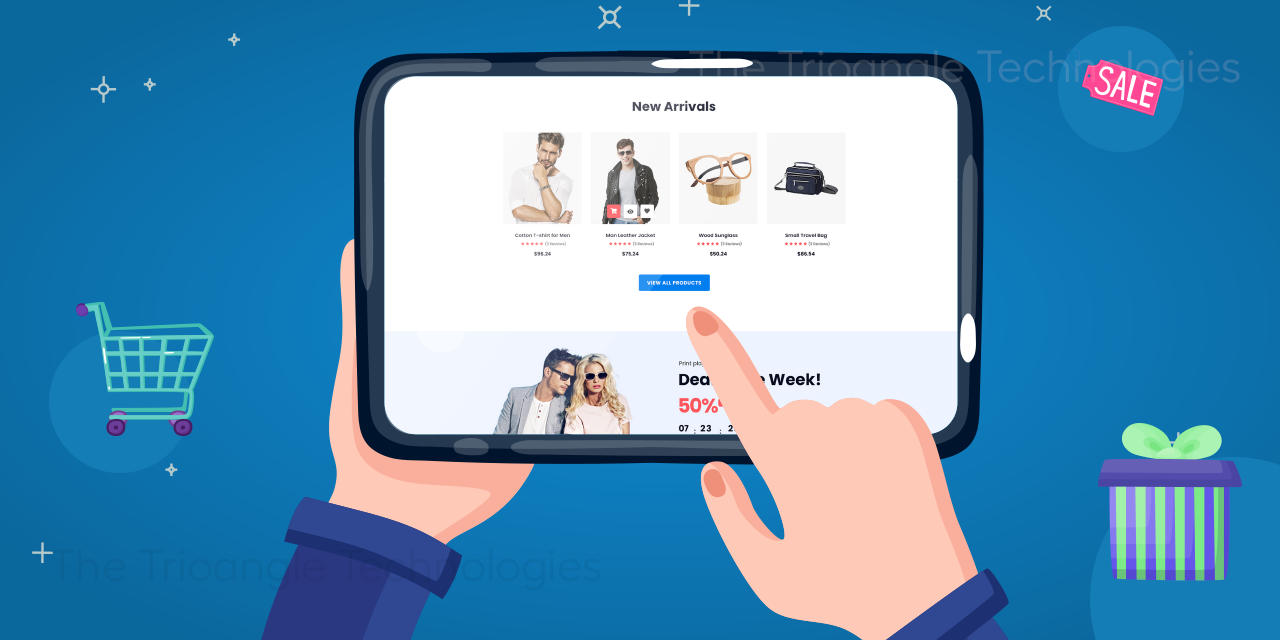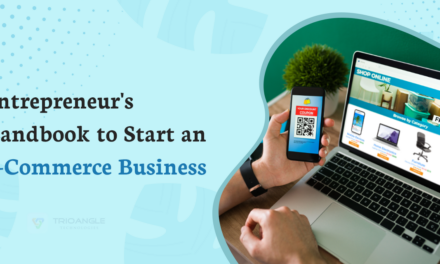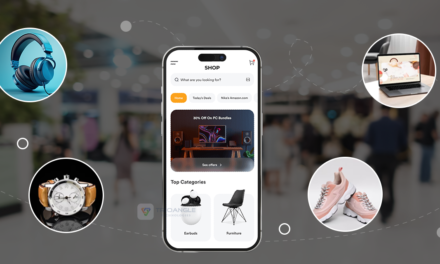The business-business (B2B) e-commerce industry is rising at a rapid pace. In greater numbers, manufacturers, suppliers, and vendors are conducting their trades online. McKinsey & Company, a multinational leadership consultation enterprise, states about 65 percent of businesses are operating through ecommerce services. This evolution might be due to the penetration of Alibaba clone apps.
Businesses trying to streamline their sale transactions can use this clone app. Because, this ecommerce app consists of every capability of Alibaba app, a widely known Chinese B2B ecommerce service provider. By equipping the same model, they can provide a user-friendly e-commerce platform for business, and at the same time, they have a greater chance to succeed like Alibaba.
Are you considering entering the B2B ecommerce industry? Then you should read this blog which provides valuable pieces of information to thrive in this sector using Alibaba Clone.
Ready to read? Superb. Keep going…
Optimal Workflow of The Alibaba Clone App:
The optimal workflow of the app shows how the systematic exchange between businesses happens.
- Producers, suppliers, and retailers begin by registering for an account on the app.
- They list their products for sale on the app. They include product details, such as explanations, pictures, costs, and other relevant information.
- Buyers (non-profit organizations, commercial businesses, supermarkets, assembling units, etc.) can browse and search for products.
- When buyers find products they want to purchase, they can add them to their shopping carts and proceed to the checkout process.
- Buyer receives payment confirmations and receipts for their purchases.
- Upon receiving the purchase notification, manufacturers will organize the products. To dispatch them, they search for delivery partners through the app.
- Once the app matches them with a delivery partner, they hand over the goods to that delivery service provider who will handle the rest of the shipment process.
The Methodology Applied in Creating The Alibaba Clone App:
Creating an Alibaba clone app involves following a systematic methodology to ensure a successful development process:
Ideation:
Start by defining the purpose and objectives of the app. Identify the core features and functionality that need to be cloned from Alibaba.
Requirement Analysis:
Document the specific requirements for your app, including user roles, features, and technical specifications.
Design and User Experience (UX/UI):
Design the app’s user interface (UI) and user experience (UX) to be user-friendly and visually appealing.
Technology Stack Selection:
Choose the appropriate technology stack that includes programming languages, development tools, and frameworks for your app development.
Front-end and Back-end Development:
Develop the front end of the app, with which users interact. Simultaneously, build the back-end, which handles data storage, user authentication, and other operations.
Testing:
Thoroughly test the app for functionality, security, and performance. Address and resolve any issues or bugs identified during testing.
Deployment:
Launch the app on the chosen app stores, such as Apple App Store and Google Play Store.
App’s Separate Features for Buyers, Sellers, and Admins:
Buyer Features:
User Enrollment and Profile:
Buyers can create their user accounts and manage their profiles, which include the ability to edit profile information and set profile pictures and contact details.
Product Search:
Buyers have the capability to browse and search for products using their names, filters, and categories. They can view detailed product listings with descriptions and images.
Shopping Cart and Checkout:
Buyers can add products to a shopping cart, review and modify cart contents, and proceed to a secure checkout process.
Payment Integration:
Multiple payment methods are available to buyers. They receive payment confirmations and receipts after finalizing the deal.
Order Tracking:
Buyers can track the status of their orders, and receive real-time notifications about order progress.
Reviews and Ratings:
They have the ability to leave reviews and ratings for products and manufacturers. Those reviews would be useful for future customers.
Virtual Communication:
A built-in messaging system facilitating buyer-seller interactions. Buyers can communicate with manufacturers to inquire about products or negotiate prices.
Manufacturer (Seller) Features:
Seller Registration and Profile:
Manufacturers or sellers can register on the platform. They have access to modify profile details such as company information, contact details, and product listings.
Detailed Product Listings:
They can make and maintain product listings with exhaustive descriptions, images, and quantities availability. They can edit, update, or remove product listings as needed.
Order Management:
Sellers receive orders from buyers. They can efficiently manage it, update the order status, and provide shipping information.
Contact with Buyers:
Sellers have the option to respond to buyer inquiries and messages. They can provide customer support with this feature.
Deals Analytics:
Sellers have access to sales reports and analytics. They can monitor performance and revenue in real time. They can make precise decisions with the help of these analytics.
Admin Panel Features:
User Management:
The admin panel provides control over user accounts, including managing user registration and handling account-related issues.
Product Management:
Admins can supervise product listings, and ensure their compliance with platform guidelines.
Order Management:
They observe order processing for smooth trades. They resolve the trouble that might occur during transactions.
Content Moderation:
They can review and moderate user-generated content, such as reviews and ratings. They can supervise the platform to run it in a positive and profitable mode.
Security and Adherence:
Ensuring platform compliance with legal and copyright regulations and implementing security measures to protect user data and transactions.
Analytics and Reporting:
Admins have complete access to analytics and reports for monitoring platform performance and user behavior. They handle reports and issues related to user conduct and content violations.
Platform Maintenance:
They can perform platform maintenance to ensure the smooth operation of the platform. They can apply or bring new updates to this platform.
Conclusion:
That is all about the Alibaba clone app. If you have the idea to launch a B2B e-commerce business, you need the right solution that perfectly works for your needs and withstands business growth. While selecting the clone, check if the app development company has a good history in this field. Ask them for the product demo, and analyze their past projects as well. Then come to a conclusion. If you got the best app in the market, it’s fine.
If you need more information about the clone, contact us.





